Jogyesa Temple: How To Get There & What To See
Last Updated on April 4, 2024
If you’re looking for the serenity and calm surroundings of most Buddhist temples set high up in the mountains outside of Seoul, Jogyesa Temple (조계사) is not for you. Right down in the center of the city where all of the daily hustle and bustle that makes Seoul famous occurs, sits a temple with more than 100 years of history.
The commotion of the nearby streets in the popular Insadong district doesn’t end where the temple begins and this certainly makes it a different experience inside from most temples in the country. A religion where meditation is extremely important, with a temple in one of the busiest areas of the city either means not much meditation gets done here, or the Buddhists that frequent this site are masters of meditation.
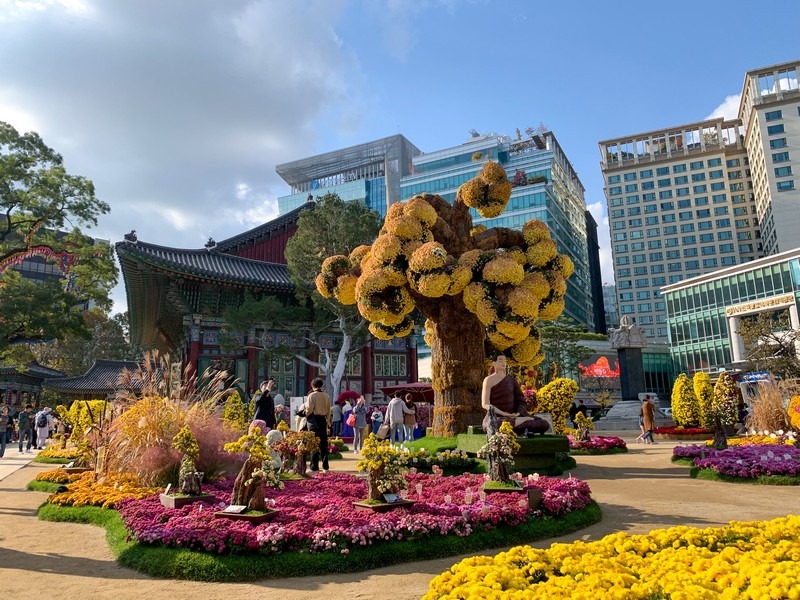
Plan your trip to Jogyesa Temple:
- How To Get To Jogyesa Temple
- A Brief History of Jogyesa Temple
- Relevant Information To Know
- Where To Stay Nearby
- More Temples You Should See In Korea
(This post contains affiliate links, which means I receive a certain percentage of a sale if you purchase after clicking at no cost to you. Thank you for your support.)
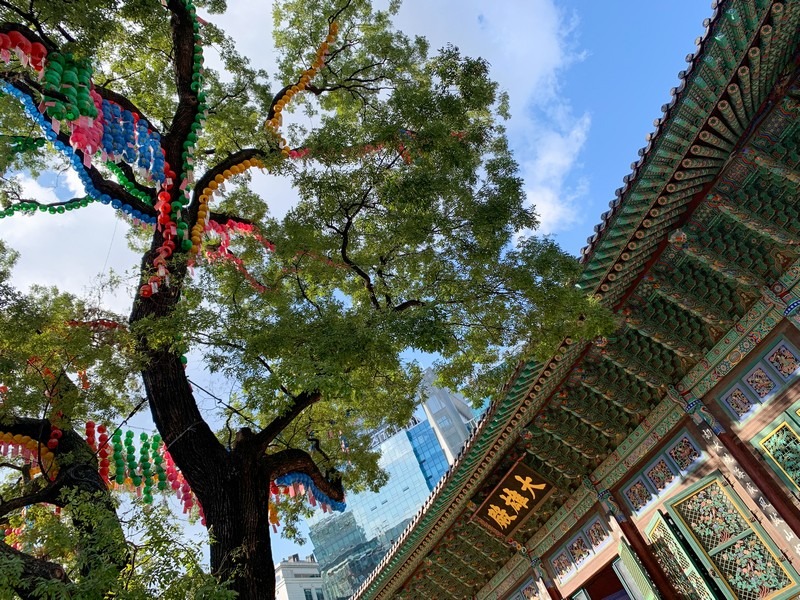
Jogyesa Temple is a famous spot to visit year round as there are gorgeous installations that change from a ceiling of lanterns in the spring so lotus plants in pots in the summer and then into flowers in the spring. Along with Bongeunsa Temple in Gangnam, Jogyesa is the most popular temple to see in Seoul. Year round there is something to see on the grounds of Jogyesa Temple and it’s an easy spot to add on to any itinerary to Seoul as it’s smack dab in the middle of all of the touristy must sees!
How To Get To Jogyesa Temple
Address: 55 Ujeongguk-ro Jongno-gu, Seoul (서울특별시 종로구 우정국로 55)
By Subway: Make sure that T-Money Card is bought and topped off and jump on the subway to head to Anguk Subway Station. Take exit 6 and walk straight to the first major street with traffic lights. Turn left a couple hundred meters down you’ll see Jogyesa Temple across the street.
Seoul City Sightseeing Bus: Insadong where Jogyesa Temple is located is a stop on this great option for tourists. Check out the Seoul City Sightseeing Bus route that hits all of the major stops you’ll want to see while you’re in Seoul.
A Brief History of Jogyesa Temple
Originally founded in 1395, the temple was originally named Gakhwangsa Temple but was founded as Jogyesa Temple in 1910. During the Japanese invasions, the temple became one of the strongest fortresses for Korean Buddhism while many Buddhists were forced from the city and up into the mountains. The temple has been the site of quite a few major ordeals for the Korean Buddhists aside from invasions. Most recently a scandal involving temple funds, gambling and prostitution.
All that aside, it is the ending site of the Lotus Lantern Parade. Celebrating Buddha’s birthday in the Insadong area at the Lotus Lantern Festival would not be complete without a visit to this temple.

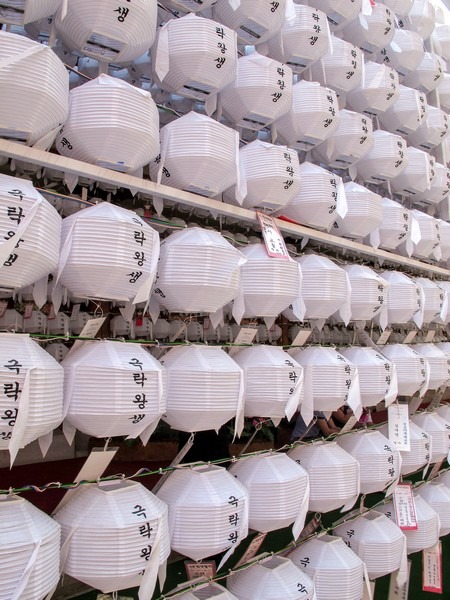
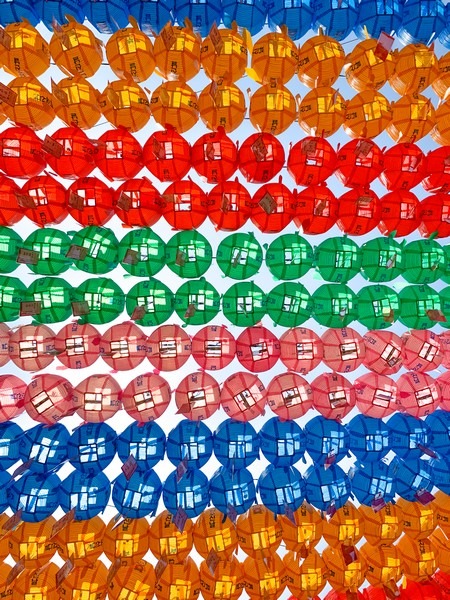
As the chief temple of the Jogye order in Korea, it is a great starting point in the city to learn about Korean Buddhism. Some 1600 years ago, during the Unified Silla Kingdom in Korea, National Master Doui brought the ideas of Seon (Zen) taught by the sixth patriarch, Huineng, from China to Korea.
Korean Buddhism would become the official state religion in the Goguryeo, Silla, Baekje, and Goryeo dynasties. Buddhism flourished during this time, and though Buddhism would experience a 500 year repression during the Joseon Dynasty when the ideas of Confucianism would reign, it would come back with a fighting force, literally.
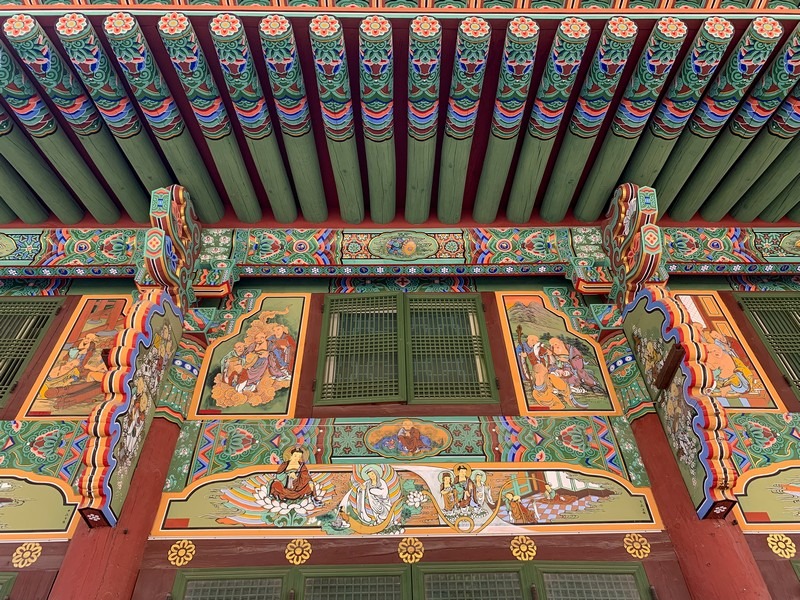
In the 16th century National Masters Seosan and Samyeong raised armies to protect the nation against Hideyoshi invasions and subsequently enjoyed a time of milder oppression. It wasn’t until 1895, however, enabled by Japanese Buddhism, that monks were finally permitted to enter the city again. During this time, aided by Japanese Buddhism, Korean Buddhism started to be established once again. The Japanese changed the name of the temple to Taegosa and it became the headquarters of the Jogye sect in 1936. The name was ultimately changed to Jogyesa after the Japanese were kicked out and Koreans were getting rid of all reminders of the Japanese occupation. Today, they have over 10 million followers in Korea.
Relevant Information To Know
Admission: Free
Website: www.jogyesa.kr
The main hall on the grounds is open 24 hours a day and visitors are welcome at any time.
If you’re there in the spring you’re sure to see the amazing number of lotus lanterns that seemingly make a sky of lanterns at the temple. It’s not to be missed. Beautiful during the day and at night.
Make sure to notice the giant tree that all of the lanterns hang from. This is the Chinese Scholar Tree which is more than 450 years old and is 85 feet tall. It can’t be missed really.
There is a ten story Buddha relic stupa on the grounds which was brought here by a monk after it was given to him in the royal court of Thailand by the King of Thailand. The monk, named Anagarika Dharmapala, brought it to Jogyesa where it was first housed in the dharma hall before moving it to the courtyard.
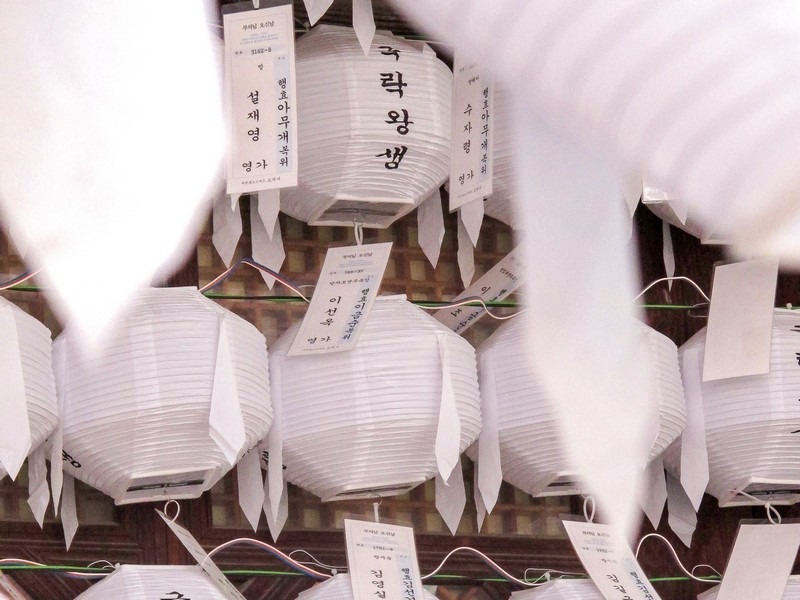
Where To Stay In Nearby
If you’re headed to Seoul, definitely check into Hotel The Designers. With branches around the city, you’ll be able to stay where you want. There is location in the Jongno area, near Jogyesa Temple as well as the five main palaces of Seoul and other gorgeous historical and cultural stops in the city.
More Temples You Should See In Korea
I love visiting temples in Korea. There are beautiful ones all around the country and some are on the main streets and others up in the mountains. Don’t miss some of the other gorgeous ones.
Suguksa Temple: If you want to find a more off the beaten path one that is absolutely gorgeous, look into visiting Suguksa Temple which is the only golden temple in Seoul. Don’t even begin to think that all of the temples look alike here… they absolutely don’t.
Bulguksa Temple: This is one of the most impressive temples in Korea and is considered a masterpiece of Buddhist Art. It’s an UNESCO World Heritage site down in Gyeongju, Korea which is the most historical city in Korea. Don’t miss a stop there as you travel around Korea.
Naksansa Temple: Also in the Jogye Order like Jogyesa Temple, Naksansa Temple is a gorgeous seaside temple on the northeastern coast of Korea at the northern end of Naksan Beach. Head to the beach and then visit this must see temple with all of the views.


If you want to visit a temple that is downtown but not as busy as Jogyesa, check out Bongwonsa near Yonsei University. It’s just down the road form here and gorgeous. Another popular temple in more central Seoul is Bongeunsa Temple just outside of the must see COEX Mall.
Did you like this post? Pin It!
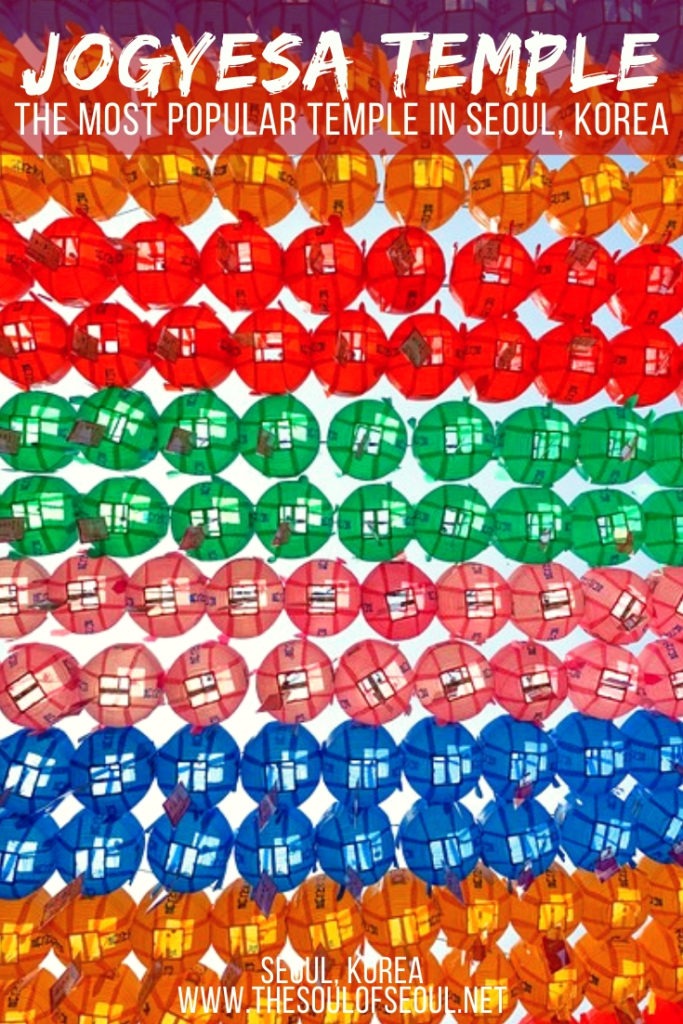
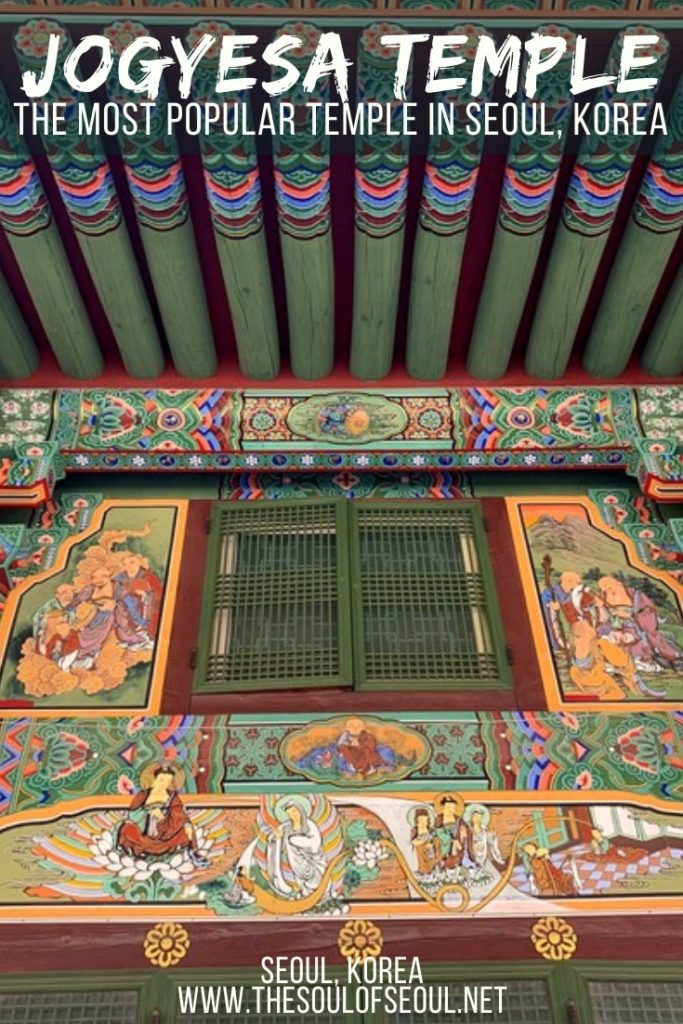

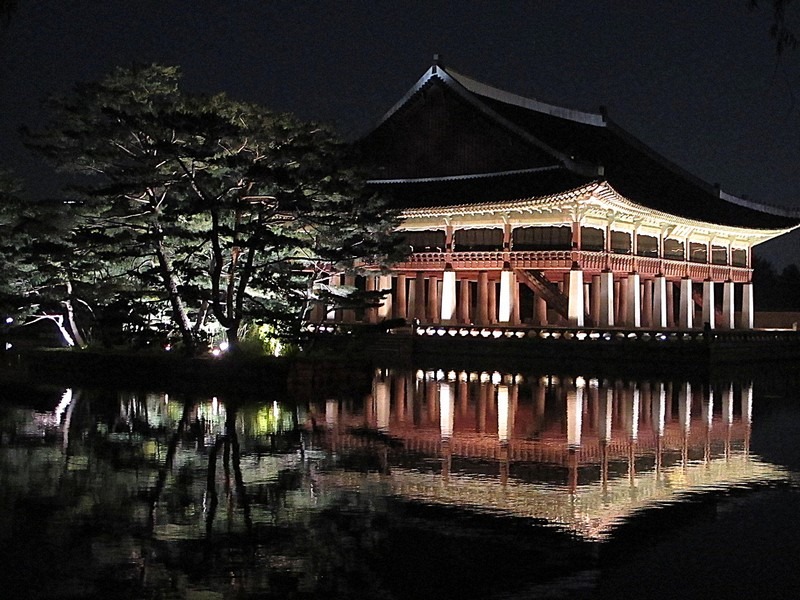
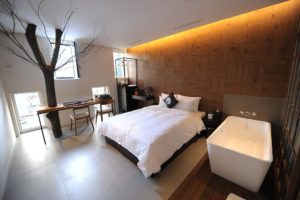
One Comment
Thea Nicola Abad
Hello! What a great blog about Jogyesa Temple. Would like to know if the white lanterns are there all year around. Thank you!